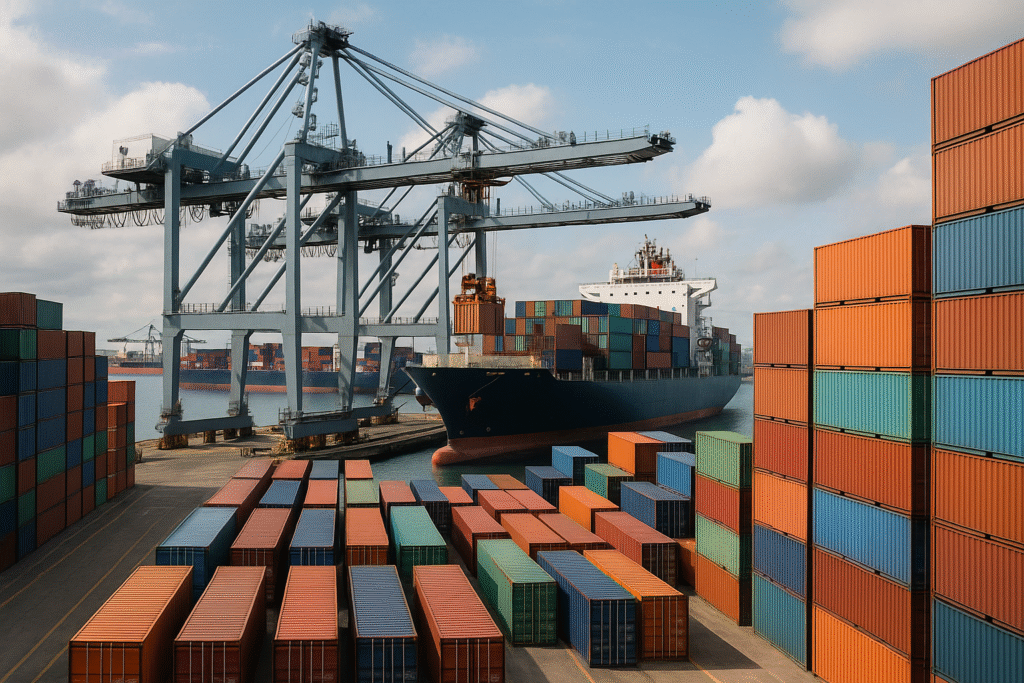How global trade growth 2025 signals opportunity
Global trade growth 2025 has accelerated significantly, with the first half of the year adding an estimated $300 billion in trade value. Developed economies have taken the lead, supported by a 14% increase in US imports and a 6% rise in EU exports. This upward trend reflects strong consumer demand, renewed business investment, and the easing of certain supply chain bottlenecks. For importers and wholesalers, this momentum opens the door to expanding sourcing strategies, optimizing logistics, and exploring new market segments. As trade flows intensify, businesses with agile operations are in a prime position to capture demand and strengthen their competitive advantage.
Strategic adjustments for importers and wholesalers
With global trade growth 2025 setting the pace, importers and wholesalers need to adapt quickly. Rising volumes increase the importance of efficient supply chain coordination, from freight booking to customs clearance. Moreover, the potential for higher shipping costs requires careful budget forecasting and strategic negotiations with logistics partners. Wholesalers can benefit from this environment by diversifying product offerings and aligning stock levels with seasonal trends. However, dependence on global trade also introduces vulnerabilities, such as exposure to geopolitical tensions, shifting tariffs, and regulatory changes. Therefore, a balance between global sourcing and regional partnerships can help mitigate risks while maintaining growth potential.
Capturing growth amid shifting market dynamics
The sustained momentum of global trade growth 2025 demands a proactive approach. Importers should consider expanding supplier networks beyond traditional trade hubs, tapping into emerging markets that are gaining relevance in international commerce. In addition, digital transformation in procurement and inventory management offers real-time insights that can improve decision-making. This technological edge allows businesses to respond faster to fluctuations in demand or supply disruptions. Furthermore, nearshoring and strategic alliances with regional suppliers can enhance resilience, reduce lead times, and optimize transportation costs. These measures not only safeguard operations but also create a foundation for sustainable growth in a competitive environment.
Source: UNCTAD

